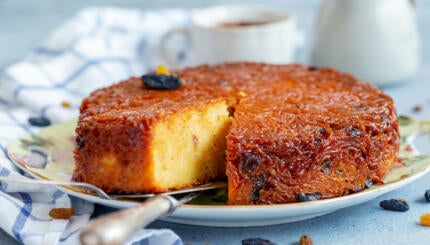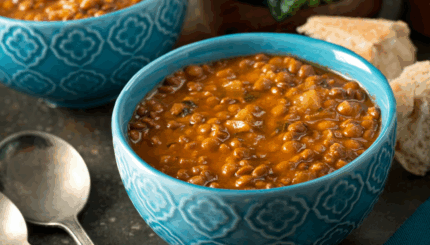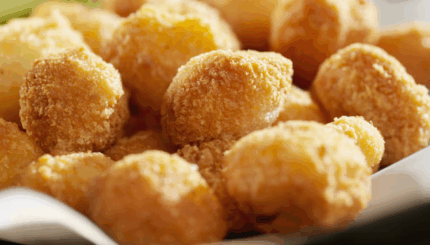If you’re from the East Coast, you probably know about Cheez Doodles. This cornmeal-based cheesy snack is similar to Cheetos, but ultimately reigns superior with its sweeter taste, airy texture and regional specificity that gives the Doodle a nostalgic edge. The sentimentality for the snack can be epitomized by one quote found in a 2010 New York Times article reporting on the death of Morrie Yohai, a Turkish-Jewish-American inventor. When informed that Yohai had died, a bodega patron in the Bronx is quoted saying: “Wow… That’s like if Colonel Sanders of KFC passed away. A lot of kids grew up on Cheez Doodles. There’s going be a little hole in their hearts for the inventor.”
The knockout star of Cheez Doodles is the powdered, neon orange cheese coating. The invention of powdered cheese is partially a credit to the United States military. During World War II, the US military was interested in making appetizing, shelf-stable rations through methods like dehydration. However, they couldn’t dehydrate cheese until they got the help of USDA scientist George Sanders, who successfully removed water from the cheese, thus creating powdered cheese. After the war ended, the military sold their excess powdered cheese to grocery manufacturers. This eventually led to the creation of many powdered cheese snacks, including Morrie Yohai’s invention of Cheez Doodles.
Yohai (pronounced yo-high) was born in 1920 in Harlem, the son of Turkish Jewish immigrants. Yohai grew up primarily in the Bronx and graduated with a business degree from the Wharton School of the University of Pennsylvania. He later served in World War II, first in the Navy and then in the Marines, marking another military connection for Doodles.
The Cheez Doodle came about in the post-war period when Yohai served as president of the Bronx-based food manufacturing company Old London Foods. Yohai’s father and cousin had co-founded the company in the 1920s under the name King Kone Corporation, known for making products like Melba toast and ice cream cones.
The Nosher celebrates the traditions and recipes that have brought Jews together for centuries. Donate today to keep The Nosher's stories and recipes accessible to all.
In the 1950s, when Old London Foods was seeking to produce a new salty snack, Yohai and his colleagues discovered they could process cornmeal into a long, tubular shape. Using a high-speed blade, they then cut the tube into three-inch-long pieces. This was similar to how the company made their rippled corn chips Dipsy Doodles, but with alterations to the machine so the pieces had a “more roundish, pinhole shape,” according to Morrie Yohai’s son Robbie. To satisfy consumer health concerns, the pieces were baked instead of fried. Yohai never took full credit for the invention, recognizing the contributions of the other employees at the company. However, he did take full credit for coming up with Cheez Doodles’ iconic name.
Cheez Doodles went on the market in the late 1950s and took off as the company had hoped. The snack’s success led Borden to purchase Old London Foods in 1965, where Yohai became Vice President of the food snack division. At the time Bordon also owned Wise foods, the brand Cheez Doodles sits under in the present day, though it’s no longer affiliated with Borden. There’s even now a (misspelled) National Cheese Doodle Day.
Yohai left Borden after 10 years and became an associate dean at New York Technical College. For many years, he displayed a photo of Julia Child eating Cheez Doodles in his home.
While proud of his creation, Yohai’s children say it didn’t (no pun intended) consume his life. In an unexpected twist, some of Yohai’s accomplishments post-retirement include co-founding the New York Sephardic Jewish Film Festival and authoring two poetry books, one titled “Torah Reflections: My Torah Poems.” While largely out of print, if you are able to grab a copy, I’d recommend enjoying a bag of Cheez Doodles while you read. Just don’t dirty the pages with your orange-cheese-stained fingers.



